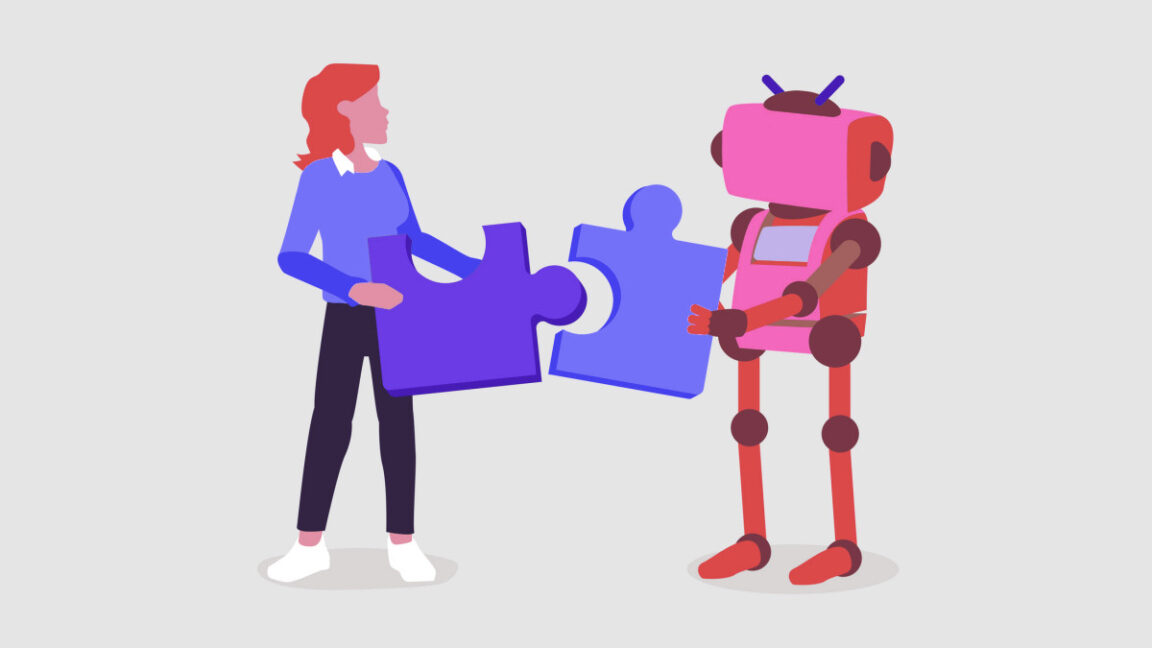OpenAI Launches GPT-5 Free to All ChatGPT Users

OpenAI has announced the launch of GPT-5 alongside three variants—GPT-5 Pro, GPT-5 Mini, and GPT-5 Nano—claiming it as their "best AI system yet." This new model set will be available across all ChatGPT tiers, including free users, marking a new era of accessibility.
GPT-5 features reduced confabulations, enhanced coding capabilities, and introduces "safe completions" for handling sensitive requests. A standout feature in GPT-5 is the "simulated reasoning" AI model available to free users, offering a multi-step problem-solving approach that enhances the accuracy of responses for logical queries.
This model family unifies various AI capabilities into a single system. It consists of the "unified system" for general queries, "GPT-5 Thinking" for complex problems, and a real-time router to determine appropriate response strategies. GPT-5 supports multimodal interactions, engaging users through text, voice, and images.
OpenAI's rollout extends GPT-5 to 700 million weekly active users, with usage limits contingent on subscription tiers. Pro subscribers gain unlimited access, whereas Plus users benefit from considerably higher usage capacities. The GPT-5 Pro variant succeeds o3-pro for these tiers.
Technical Improvements and New Features
The improvements from GPT-4 to GPT-5 are deemed substantial yet not as groundbreaking as previous transitions, suggesting an incremental upgrade over intermediate models like GPT-4o and GPT-4.5. However, the model's recognition brings OpenAI a competitive edge in a busy landscape.
GPT-5 claims superior coding capabilities, achieving high scores on benchmarks like SWE-bench Verified (74.9%) and Aider Polyglot (88%). Furthermore, it's adept at complex coding tasks and designing software interfaces for non-coders.
In health-related inquiries, GPT-5 registers a 46.2% score on HealthBench Hard, offering medical result clarifications and support in constructing questions for healthcare professionals. However, OpenAI emphasizes that GPT-5 is no substitute for medical advice.
Other notable performances include a 94.6% on AIME 2025 for math without tools and 84.2% on MMMU for multimodal understanding, with new records on GPQA at 88.4%. The company notes improved accuracy with fewer factual errors and confabulations in long-form content.
GPT-5 introduces interface updates like customizable chat colors, personalized conversation "personalities," and Pro user integrations with Google services. "Advanced Voice" mode enhances voice instruction comprehension and adaptability.Developer Access and Pricing
Developers receive access to GPT-5 in API variants—gpt-5, gpt-5-mini, and gpt-5-nano—each balancing latency and cost. The context window now holds 256,000 tokens, with API pricing favorably competitive, especially with the Mini and Nano options being more economical.
New tools include "free-form function calling," verbosity controls, and reasoning effort toggles. These tools enable comprehensive customization for developers through OpenAI's platform, now used by millions.GPT-5 Rollout Details
Amid fierce competition, OpenAI transitions various models like GPT-4o and GPT-4.5 to GPT-5 as the new default. Free users, after reaching limits, move to GPT-5 Mini. With plans to evolve the voice system within 30 days, OpenAI strategically enhances its offerings to maintain leadership.
With an eye on enterprise and educational integration, GPT-5 expands OpenAI's footprint, ensuring robust service across user bases. As the rollout progresses, the industry watches closely to see how these advancements influence AI application standards.



